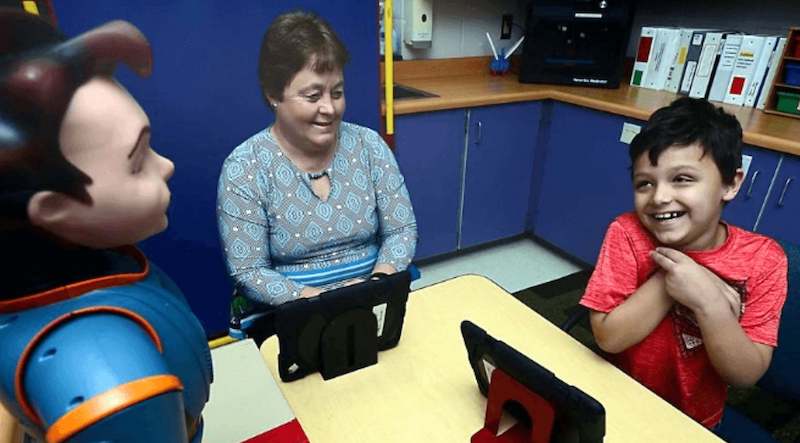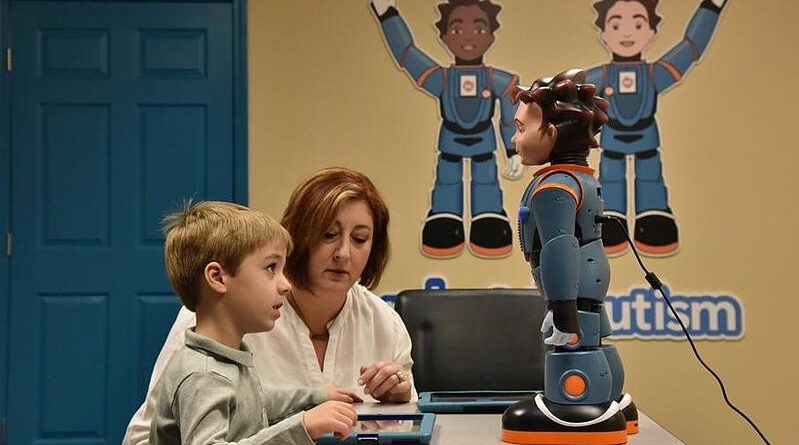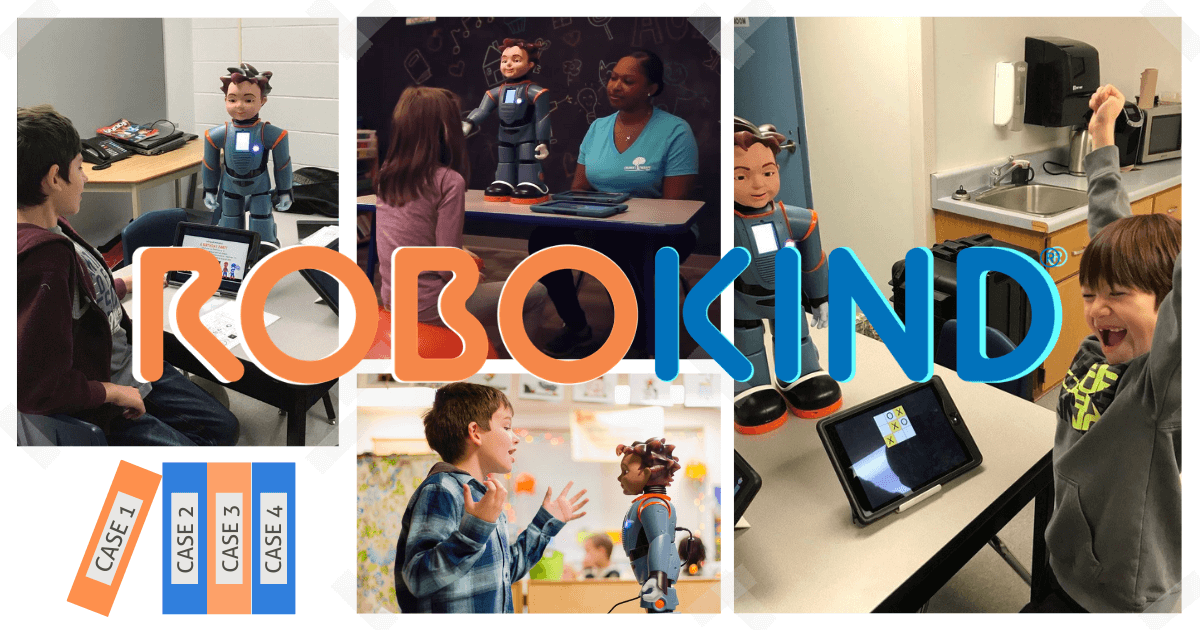The line of RoboKind robots are unlike any others in the education world. Comprised of three facially-expressive humanoid bots known as Milo, Veda, and Carver, the RoboKind robots have helped provide support for countless students who learn differently. Each of the robots offers unique advantages and include accompanying curriculum that makes a real impact. Whether educators are using these robots with special education students or in STEM classes, the social-emotional connections that result are prominent and long-lasting. In fact, the RoboKind team has created case studies to highlight some successful outcomes. In this post, we'll explore some of those results.
Each case study is highlighted on the RoboKind website and, of course, features real examples of students using the robots. The first example is about a relationship between the RoboKind team and members of the South Carolina Dept. of Education. This initiative involved over 600 students using the RoboKind robots over a 3-year period. As defined at the start of the program, one key goal was to improve human-to-human interaction of targeted behaviors. Specifically, using the therapy robot, the educators wanted to improve student social and emotional understanding, communicational dynamics, and regulation and executive functioning.
According to the RoboKind team, the results far exceeded their expectations. Using the RoboKind robots helped the students in the program increase lessons attempted and completed as well as the levels of mastery they attained. The lessons helped students in special populations improve their key social-emotional skills, conversational skills, and self-regulation. Students also began generalizing at a percentage rate of around 90 percent. The robots4autism program also helped these students demonstrate mastery and move through assignments without the need for calm-down lessons.

The second case study comes from the McCarthy-Teszler School. Educators in this school work entirely with special education students. Their cases are some of the most challenging in the district, including a good amount of autistic students. By integrating the RoboKind robots to help enhance student social skills, however, these educators saw a number of eye-opening benefits. In fact, 29 percent of the students who worked with one of the robots were then able to comfortably transition into a general education classroom. These changes in socialization skills and development of communication competencies actually resulted in the savings of approximately $157,000 per student for the district—an incredible statistic to quantify.
The next case study with the RoboKind robots was conducted in conjunction with professionals at the UT Dallas Callier Center. For this study, the focus was on how autistic students would interact with the Milo robot compared to how they would interact with a human therapist. Based on the assumption that children with ASD would interact more with robots than a person, the investigation centered largely on how engagement levels differed when students had the robot with them versus when they did not. Having the Milo robot in the room led to an 87.5 percent success rate in engagement with these students. This means they were responsive to Milo much more frequently than they were with just a human therapist present—a number far smaller at just 3 percent of the time.

The last case study took place at the Orange Grove Center in Tennessee. It's a place where people with intellectual and developmental disabilities are assessed and treated. In this study involving the Milo robot, researchers saw a number of improvements in the subjects. To start with, their attention spans increased dramatically. They were also able to develop the ability to regulate their emotions much more effectively over time. The RoboKind solutions helped them learn useful techniques to avoid lashing out, including counting to 10 and taking deep breaths. This resulted in them being able to then communicate their thoughts and feelings in a much healthier way.
These are just some of the examples of how the RoboKind robots can be used with the robots4autism SEL curriculum. The pair improve situations and outcomes for students with learning differences and Autism, specifically. They're fantastic resources for use in special education programs and effective tools for school SLP's to use in building communication skills in students as well. To learn more about the Milo, Veda, and Carver robots, contact our team to set up a conversation. You can also find each robot on our store by clicking below. If you're looking to help reach students in special populations, the RoboKind robots and curriculum are a tremendous option. Follow us on Twitter and Instagram for more.



